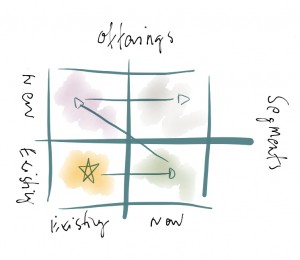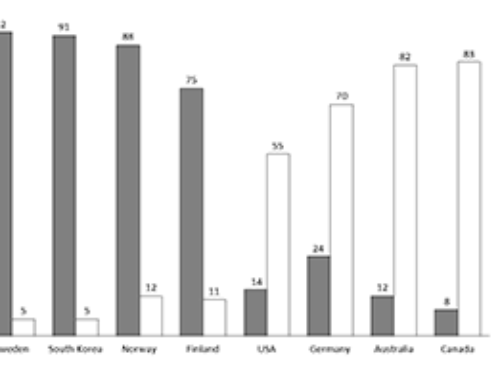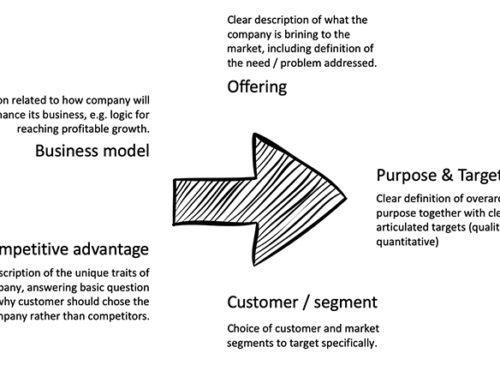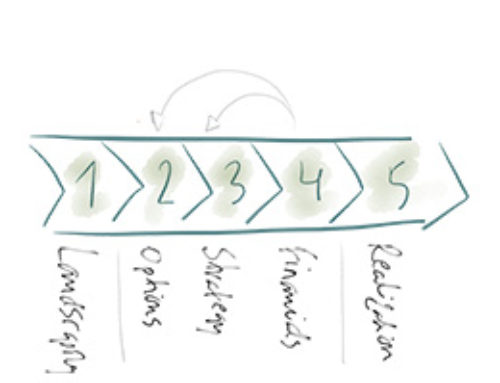Many companies strive hard to grow their top-line; it is an aspiration that is commonly shared cross the business community – with little exception. Key question is of course how that is effectively done.
2by2 is frequently engaged as an advisor to companies that have the aspiration to achieve top-line growth. Throughout all of these engagements we have discovered a pattern that we would like to share in this brief article. It is a pattern, which we have described, in a simple framework that we call: The growth matrix. Clearly inspired by Igor Ansoffs matrix with similar name.
 The growth matrix basically strives to articulate the option you have for achieving top-line growth. The overarching purpose of the framework is to articulate some of the key question that you are faced with wanting to achieve growth.
The growth matrix basically strives to articulate the option you have for achieving top-line growth. The overarching purpose of the framework is to articulate some of the key question that you are faced with wanting to achieve growth.
The growth matrix is based on two key dimensions, offerings and segments. Offerings in this context means the concrete offerings you take to the market, i.e. what you are offering to your customers as in products and/or services. Segments on the other hand articulates to whom you are actually taking the offerings, i.e. customer segments, industry segments and/or geographic markets.
Starting position in all strategic discussion related to top-line growth is bottom left-hand quadrant, i.e. existing offerings to existing segments. Basically how you do business today. Key questions that should be asked are consequently how you should go about achieving substantial enough growth, e.g. by adding additional offerings, by penetrating additional segments or by leveraging both levers.
The answer to the key questions asked varies from company to company and is heavily dependent on for instance industry and starting position of the company. More then seldom however, the answer is a step-wise approach to achieve the desired growth. For instance; if you have solid relationships with a set of customers but have identified an opportunity to grow share-of-wallet, perhaps the most natural first step is to add additional offerings and then as a next step grow by taking your original set of offerings to new segments. Only in the last step you strive to bring the new set of offerings to the newly penetrated segments. As underlined earlier; growth path will be individual for each company based on industry and starting position.





Leave A Comment